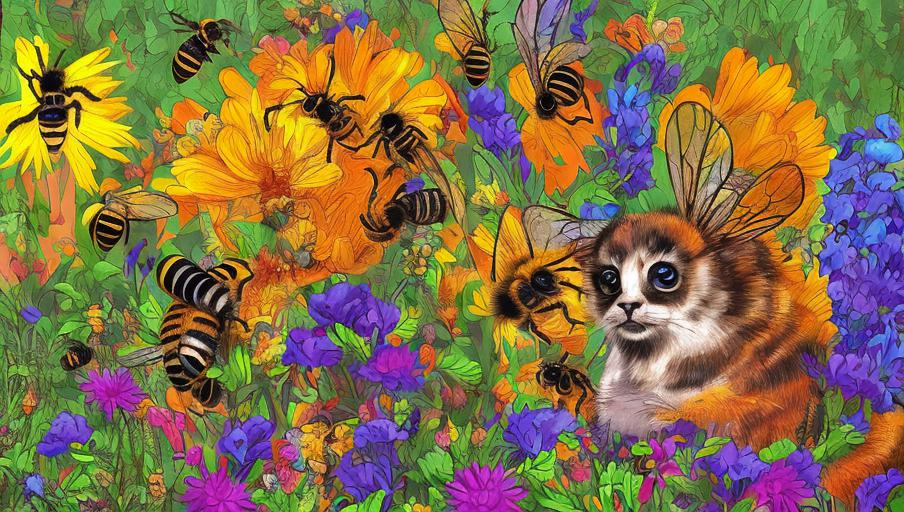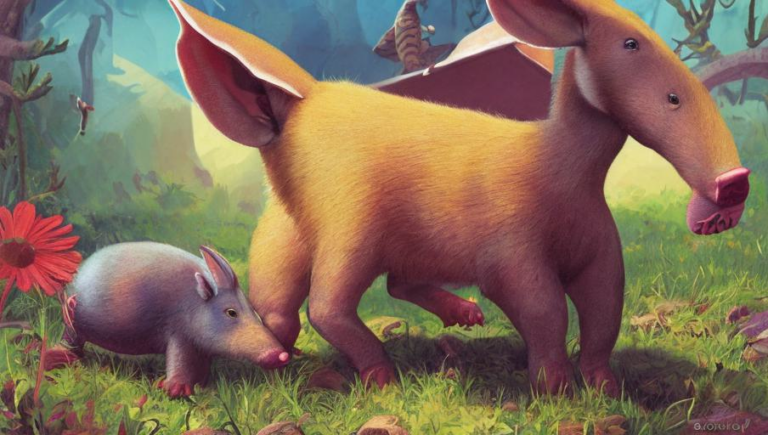Discovering the Secrets of the Bee

The Amazing Bee
Bees are a fascinating species of insect that have fascinated humans for centuries. They are known for their incredible ability to make honey, as well as their complex social structure and behavior. Bees are essential to our environment, providing essential pollination services for many plants and crops. Bees pollinate around 80 percent of all flowering plants, so their importance for the health of our planet cannot be understated.
The Life Cycle of the Bee
Bees are social insects, living in colonies of up to 50,000 individuals. They have a complex life cycle, with four distinct stages: egg, larva, pupa, and adult. The egg is laid by the queen bee and is housed in a wax cell, where it is fed and cared for by the adult bees. The larvae, known as grubs, emerge from the egg and are fed by the adult bees. After a few weeks, the grubs form a cocoon, or pupa, and begin to metamorphose into the adult bee. The adult bee is the only stage of the life cycle that can fly and is responsible for pollination, honey production, and the protection of the colony.
The Role of Bees in Pollination
Bees play a key role in pollination, which is the process of transferring pollen from the male to the female parts of a plant. Pollination is essential for the survival of many plants, as it is required for the production of the flowers and fruits that provide food for both humans and animals. Bees carry pollen from one plant to another on their body and legs, and as they move from flower to flower, they spread the pollen, allowing for the fertilization of the flowers and the production of their fruits.
Bee Products
Bees are also responsible for the production of honey, which is a sweet and nutritious food source. Bees produce honey from the nectar they collect from flowers, which is then stored in wax cells in the hive. Honey is full of nutrients, vitamins, and minerals, and is a popular ingredient in many dishes and beverages. Bees also produce beeswax, which is a waxy substance used in many products, such as cosmetics and candles.
The Benefits of Bees
Bees provide a number of important benefits to humans and our environment. In addition to pollination, which is essential for the production of fruits and vegetables, bees provide us with honey and beeswax and can help control populations of pests and disease-carrying insects. Furthermore, beekeeping can be a lucrative business, as bee products are in high demand.
The Threats to Bees
Unfortunately, bees are facing a number of threats, including habitat destruction, pesticide use, and disease. As their habitats are destroyed, bees are unable to find the food and shelter they need to survive. Pesticides, which are often used to control pests, can be toxic to bees and can kill them in large numbers. Finally, disease can spread quickly through bee colonies, resulting in high mortality rates. It is essential that we take steps to protect bees and their habitats in order to ensure their survival.
Conclusion
Bees are essential to our environment and our survival, and it is important that we take steps to protect them. By understanding the life cycle of bees, the role they play in pollination, and the threats they face, we can take steps to ensure that bees remain a vital part of our ecosystem.





